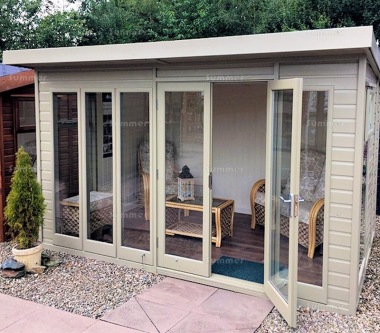All Categories
Featured
Table of Contents
How Are Double Glazed Windows More Energy Efficient? in Huntingdale Western Australia
That window can transmit more solar heat in winter than in summer. A west-facing window on a summer season's afternoon has an angle of occurrence from near 0 up to 30 with a big efficient area of solar radiation. A north-facing window, in summer, has a high angle of incidence and a low efficient area of solar radiation, so can transmit less heat than a west-facing one.

You can quickly and easily enhance the thermal efficiency of your home by replacing your windows. There are thousands of types of glass and frames to choose from.
What Are The Advantages Of Double Glazed Windows? in Belmont Western Australia
Single glazing with clear glass is not very effective when it comes to heat loss or gain. To improve efficiency, you can utilize single glazing with a more energy-efficient type of glass such as low emissivity (low-e) glass.
Several layers can be put together with sealed cavities in between each sheet of glass. IGUs generally provide much better energy performance than single glazing, due to the fact that they transmit less energy. However, the energy efficiency of IGUs likewise depends upon: the homes of each layer of glass. Various glass types (for example, clear and low-e glass) can be created in an IGU.
Summer Scorcher Predicted, Again! Double Glazed ... in Pickering Brook Perth

IGU cavities can be filled with air or a more inert, low-conductivity gas such as argon the width of the cavity. Cavity density is usually 6 to 18mm. Wider cavities provide lower (much better) U values, with 12mm usually accepted as the favored gap how well the cavity is sealed. Cavities need to be dry and well sealed to avoid wetness getting in.
If argon is set up to the cavity in location of air, wetness is dependably omitted the level of desiccant (drying representative). The spacer (metal or polymer strip) that separates the glass layers includes a desiccant to take in any moisture. Insufficient desiccant may cause wetness to condense on the glass surface in cold conditions, minimizing thermal efficiency.
Glass & Glazing - Easy Windows Upvc Double & Triple ... in East Fremantle WA
In reality, IGUs can provide better energy efficiency for all environments, particularly in heated and air-conditioned homes. Cross-section detail of single, double and triple-glazing units Low emissivity glass (typically understood as low-e glass) minimizes heat transfer. Low-e glass may be either high or low transmission: High transmission low-e glass has a covering that permits daylight from the sun to enter your house to achieve good solar heat gain, however reduces the quantity of the long wavelength infrared heat that can get away back through the window.
Low-e glass has either a pyrolytic finish or a vacuum-deposited thin film metal coating. Pyrolytic finishes are durable and can be used for any glazing; vacuum-deposited coatings are soft and are only utilized within IGUs. Low-e coverings can considerably improve both U worth and SHGC; however, they need to be utilized correctly or they will either degrade or fail to carry out as needed.
Double Glazed Windows Melbourne in Warwick WA
Low-e coatings can be used in combination with clear, toned or reflective glass. Low-e finishes on glazing can lower heat transfer where required Image: Department of Industry, Science, Energy and Resources Toned glass has actually colouring ingredients consisted of throughout manufacture. It is available in various colours, usually bronze, grey, blue and green.
Table of Contents
Latest Posts
A Complete Guide To Double Glazed Windows in Wexcombe Western Australia
Which Type Of Glass Is Best For Energy Efficiency? - A&l Windows in Boya Perth
Insulated Glass Unit – Igu in Joondanna Perth
More
Latest Posts
A Complete Guide To Double Glazed Windows in Wexcombe Western Australia
Which Type Of Glass Is Best For Energy Efficiency? - A&l Windows in Boya Perth
Insulated Glass Unit – Igu in Joondanna Perth